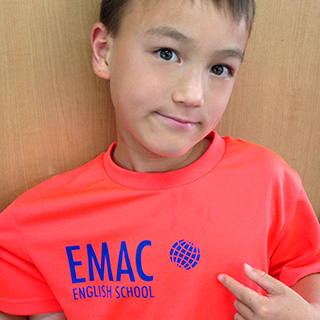メンバーは課題を金曜までに読んで、「質問を2つ」考えてきて下さい。ノートに写すと力💪になります。今週は 「自動翻訳」について。人工知能の翻訳機があれば英語できなくてもよくなるでしょうか?
2つ目は「お弁当」日本のお弁当を英語でどれくらい説明できますか?
課題1 Use automatic translation cleverly to break down language barriers
(photo:geeky-gadgets.com)
音声認識 voice recognition
〜に遠く及ばない be far inferior to
Automatic translation should be used wisely to communicate with foreigners smoothly.
Automatic translation services that recognize the content of a conversation and instantly translate between Japanese and a foreign language are continuing to grow.
A system developed by the Internal Affairs and Communications Ministry’s Fire and Disaster Management Agency and the National Institute of Information and Communications Technology to better communicate with foreigners looks likely to be especially handy at scenes of emergencies. The system started being supplied to fire department headquarters nationwide in April.
When an emergency service worker says something such as, “Where does it hurt?” in Japanese into a smartphone, a translation is displayed on the screen. It also can provide audio output. The system can handle 15 languages including English, Chinese and Thai.
The system was introduced earlier in Sapporo. It is said that it enabled the swift treatment of foreign tourists during emergencies at locations including the Sapporo Snow Festival.
The spectacular development of artificial intelligence has brought great improvements in the performance of automatic translation services. Sophisticated calculation methods also used in Go software programs that have defeated top professional Go players have been applied to automatic translation, making accurate voice recognition and natural translations possible.
In April, Microsoft Japan Co. launched an automatic translation feature that can handle Japanese for its internet calling service. A smartphone app developed by U.S. company Google Inc. is also popular.
課題2 Nutritious, appetizing 5-color lunchbox
A five-color combination of okazu, or main and side dishes, is key for a colorful and nutritionally balanced bento box, says Reiko Tsunabuchi, a teacher at the Ecole de Cuisine Egami.
The color of the main dish is usually brown, meaning salisbury steak, fried chicken or fish saute. These are best accentuated by red, green, yellow and black side dishes.
Red and green vegetables are usually high in vitamins. A fried or boiled egg, adding yellow to the bento box, boosts the nutrition of the entire lunch. Black can come from seaweed, including hijiki, or stir-fried mushrooms such as shimeji and maitake. These are rich in minerals and fiber.
The addition of white rice completes the nutritious bento. Cherry tomatoes and broccoli can readily represent the needed red and green, although using these go-to items too often can make the bento boring.
"Use other vegetables that can produce the same hues, and also change the seasoning," she said. "It will make the bento taste better." Red bell peppers can be marinated, and purple cabbage works well, too. Vinegar keeps the food from going bad while helping to mix things up a bit.
Tsunabuchi suggested tossing spinach, asparagus or snap peas with peanut butter. "Peanut butter makes the food taste richer than if you use grated sesame," she said. "It will also delight men and children," Tsunabuchi said to boil spinach, squeeze any excess water out, drizzle it with soy sauce and then squeeze the sauce out to keep the vegetable from becoming soggy. "If you find it difficult to use five colors in your bento box every day, don't force it -- just do what you can," she said.
(The Yomiuri Shinbun)




















